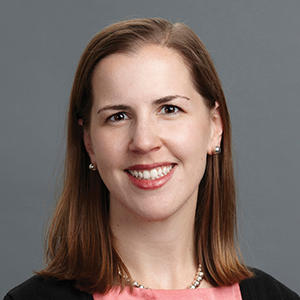
Caroline Rassbach, MD
Clinical Professor
Pediatric Hospital Medicine
Lucile Packard Children's Hospital Stanford
725 Welch Road
Palo Alto, CA 94304
Teléfono:
(650) 497-8000
Fax:
(650) 498-5684
Localización

725 Welch Road
Palo Alto, CA 94304
Mapas, direcciones y estacionamiento
Teléfono : (650) 497-8000
Fax : (650) 498-5684
Trabajo y educación
Educación
Columbia University College of Physicians and Surgeons, New York, NY, 2003
Últimos años de residencia
Children's National Medical Center Pediatric Infectious Diseases Fellowship, Washington, DC, 2006
Children's National Medical Center Pediatric Infectious Diseases Fellowship, Washington, DC, 2007
Primeros años de residencia
Children's National Medical Center Pediatric Infectious Diseases Fellowship, Washington, DC, 2004
Certificado(s) de especialidad
Pediatric Hospital Medicine, American Board of Pediatrics, 2019
Pediatrics, American Board of Pediatrics, 2006
Idiomas
English
Spanish
Conéctese con nosotros:
Descarga nuestra App: